Why Internationalization and localization are No Longer Optional for Modern Apps
 Othmane Kahtal
Othmane Kahtal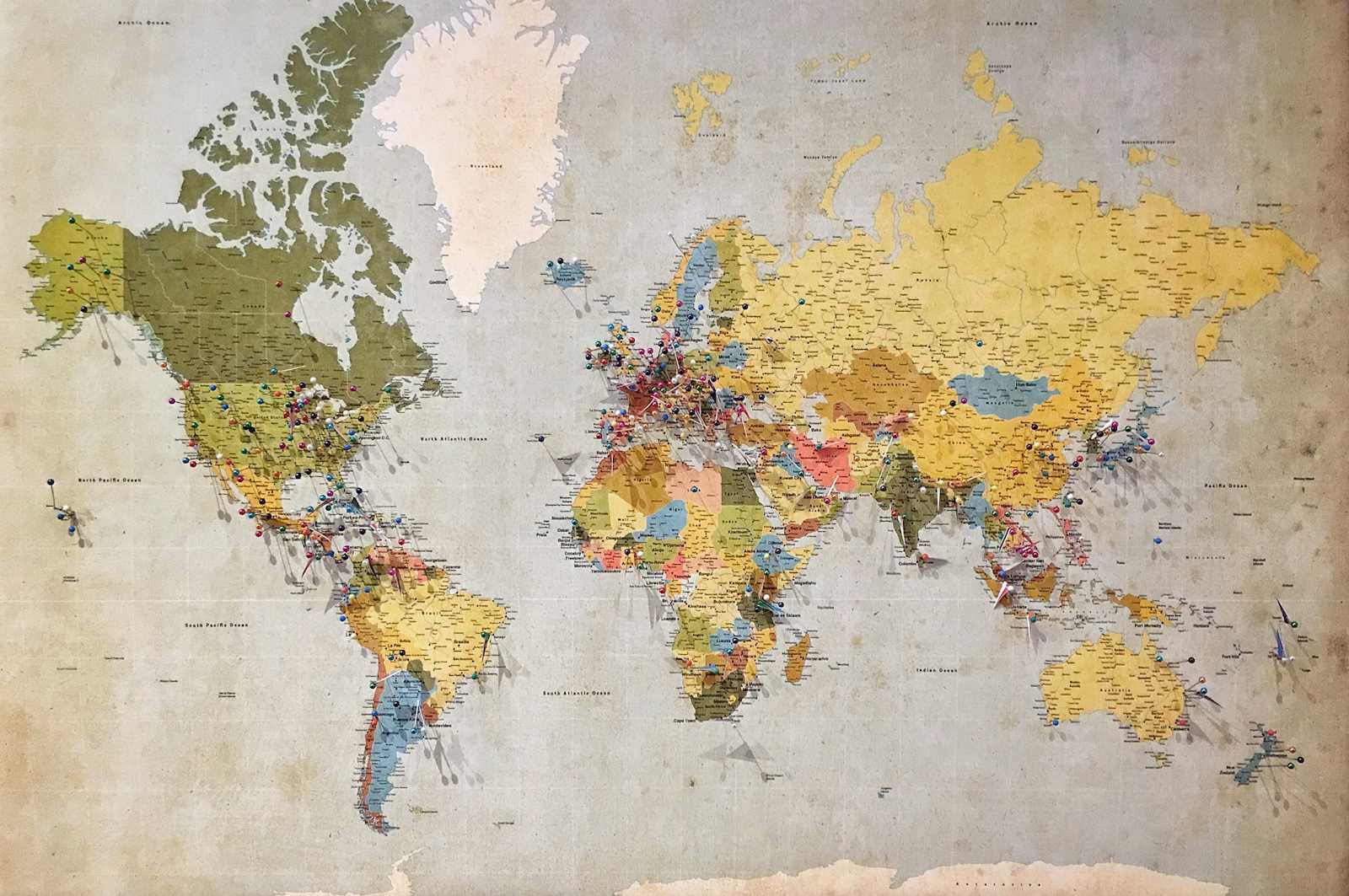
Internationalization and localization are crucial parts to take into consideration when you start your application or product, to make it limitless across the world. In this article, we'll dive deep into these concepts and why you should take care of them in your product.
What is Internationalization:
Internationalization or i18n (18 represents the number of characters between 'i' and 'n') is a process to make your product ready for a global audience by adopting multiple languages and cultures, as well as adding a smooth switching in your product based on user preferences.
Let's take a look at PayPal as a real example. When you select China as your region, the website adapts completely - not just the language changes, but also the example images used to demonstrate transactions. They show payment scenarios involving neighboring countries (India, Thailand, China) as well as transactions with distant countries like the United States.
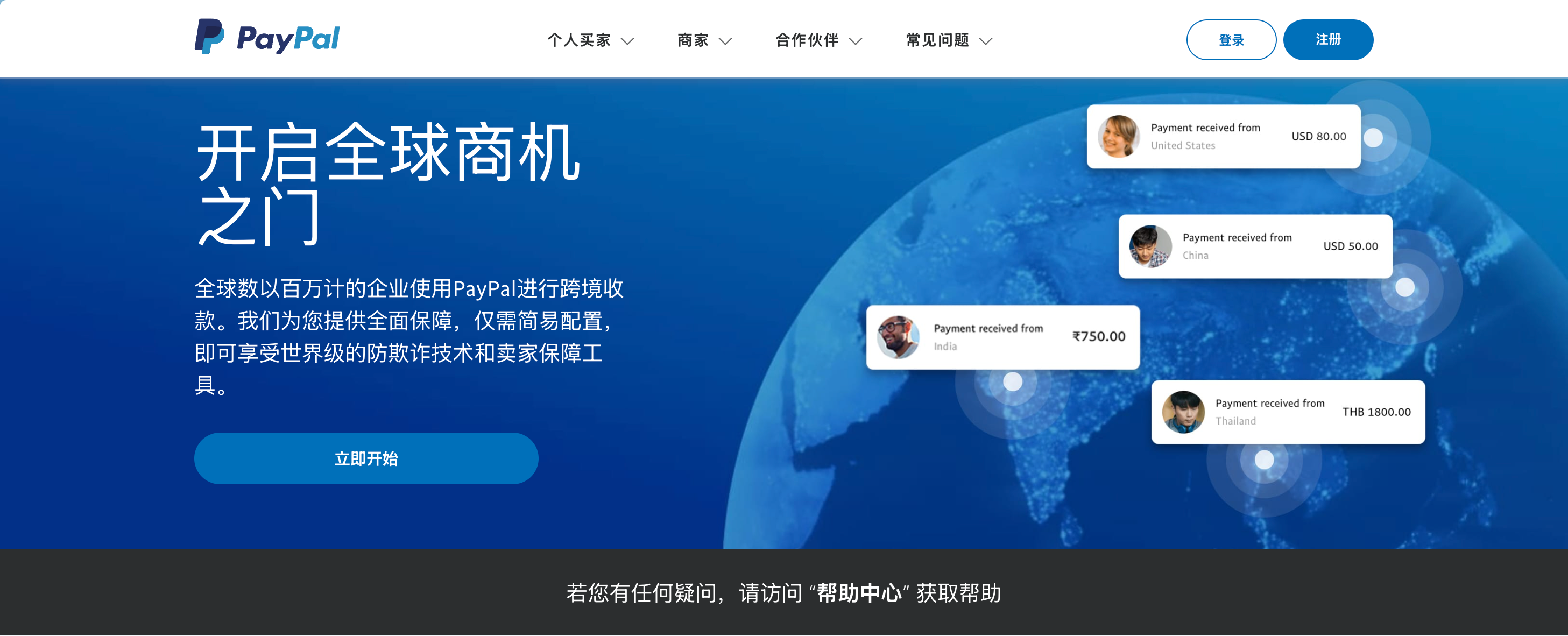
In this section, we can see that even the testimonials are localized - PayPal displays only region-specific feedback from Chinese users, making the content more relevant and relatable to their local audience

Now, if we change the region to Saudi Arabia, we see a completely different page that respects the local culture and legal requirements of this region
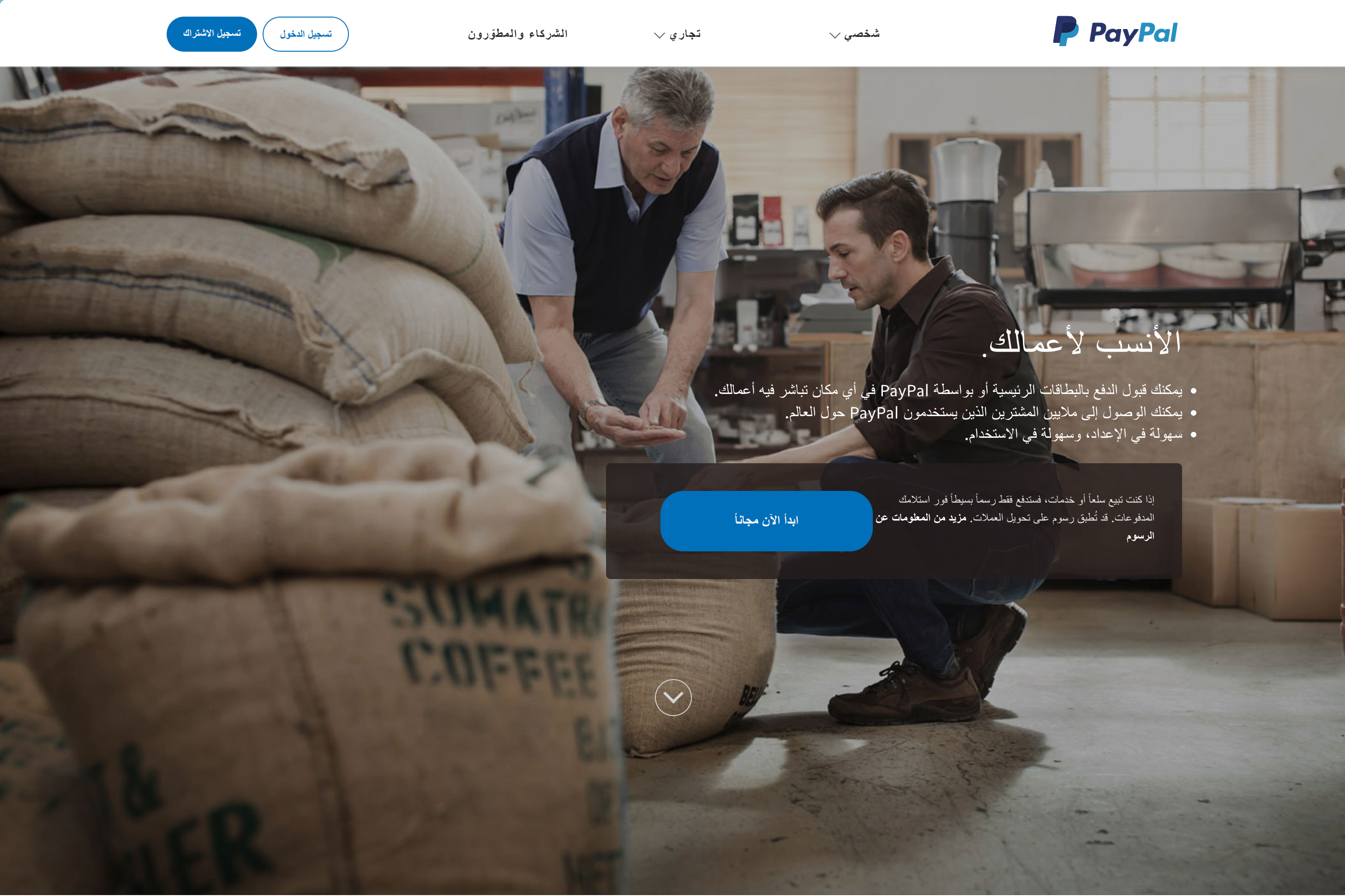
The example above shows how PayPal creates region-specific landing pages, adapting their content, layout, and visuals based on each region's requirements and preferences
Internationalization best practices:
There are many things to keep in mind when implementing i18n properly, regardless of your role (Frontend or Backend engineer). before writing any code, you need to consider several crucial aspects:
Database Design Considerations:
User preferences storage
Preferred language(s)
Region/location settings
Timezone
Date format preferences
Number format preferences (decimal separators, thousand separators)
Currency preferences
Content Management:
Text content in multiple languages
Media assets adapted for different cultures
Region-specific legal content
Direction of text (LTR vs RTL support)
Local holidays and important dates
Region-specific contact information
Technical Implementation:
Smooth language/region switching without page reload
Proper data formatting based on locale
Numbers (1,234.56 vs 1.234,56)
Dates (MM/DD/YYYY vs DD/MM/YYYY)
Times (12-hour vs 24-hour format)
Phone numbers
Addresses
Currency conversion and display
Timezone handling for scheduled events
Form validation for different formats
Search functionality across multiple languages
User Experience:
Automatic language detection
Remembering user preferences
Fallback languages when translations are missing
Loading states during language switches
Clear language/region selection interface
Consistent formatting throughout the application
Performance Considerations:
Lazy loading of language packs
Caching strategies for localized content
Bundle size management for multiple languages
Server-side rendering with correct locale
What is localization:
Localization or l10n (10 represents the number of characters between 'l' and 'n') is the process of adapting internationalized products and taking care of their content, whether it's images, videos, text, documents, colors, legal requirements, fonts, etc.
Let's go back to PayPal as an example. We notice that PayPal goes beyond just language translation and adapts both images and structure based on the activities and products they provide in each region. For instance, look at the image of the person used in the guide's cover.

Let's look at another region, like India. As we can see, the internationalization is working as expected - in this region, PayPal localizes the landing page specifically for the Indian market. We can notice this in both the images used and the types of businesses showcased below.
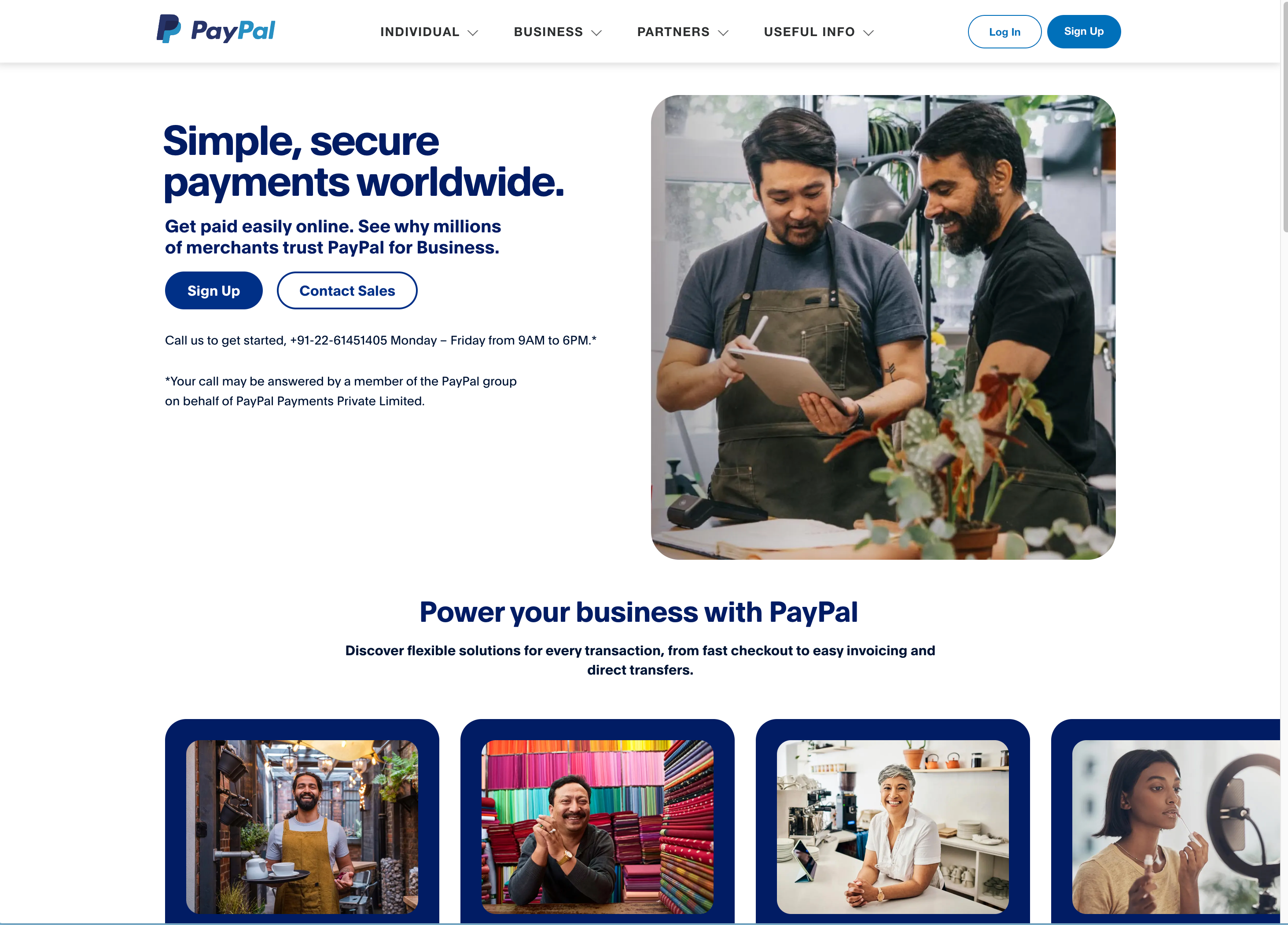
Looking at Singapore's version, we can see several regional adaptations: the phone number formats are localized, the hero section displays a different background
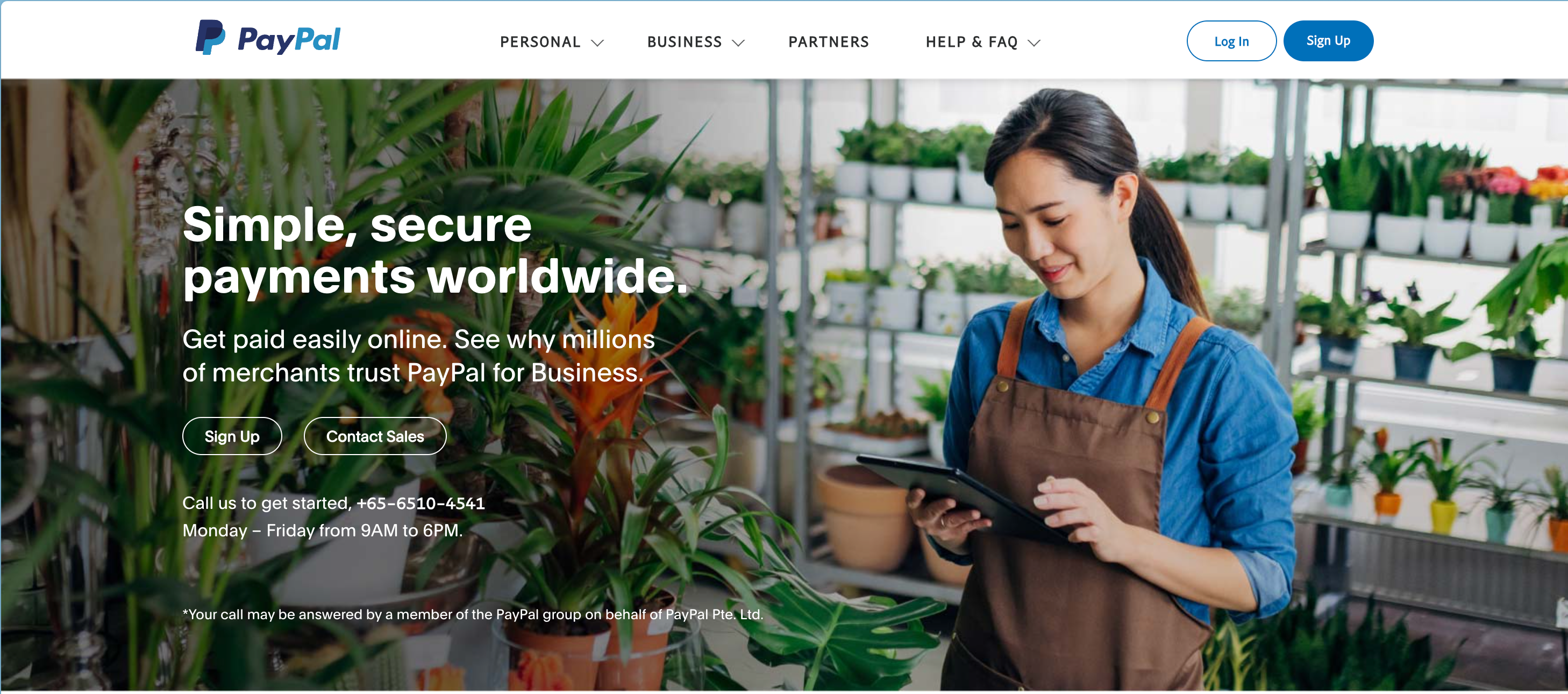
Internationalization and localization work in combination to maximize the chances of making your product reachable to a global audience. Engineers and developers take on the duty of implementing internationalization, while localization is a mission for translators.
Both concepts fall under the umbrella of globalization - making products ready to use everywhere in the world across all markets, regardless of cultures, languages, or regions.
As demonstrated in the examples above, PayPal takes a comprehensive approach to localization. Their region-specific landing pages go beyond simple translation - they adapt content, layout, visuals, and even featured businesses to match each region's unique requirements, cultural preferences, and market characteristics
I18n vs I10n : Key differences
| Internationalization | localization |
| first phase, handled by developers & engineers | second phase of globalization, handled by translators, designers, marketers, and copywriters |
| comes to facilitate localization | comes to facilitate adaptation based on culture and region |
| It's a process to develop products that support multiple cultures and different markets | it's a process to adapt content, including: Layout - Images - Videos - Colors and many other cultural elements |
The culture is more than different language
Local culture in each region isn't just about different languages - it's about different worlds, ideas, and much more. What's acceptable in one region might not be in others, like the Middle East or China. For example, red symbolizes luck and prosperity in Chinese culture, but can represent danger or warning in Western countries
Examples about that :
E-commerce Platforms:
In the US, Black Friday is the biggest shopping event
In China, Singles' Day (11.11) is the major shopping festival
In Middle Eastern countries, Ramadan-specific shopping sections are prominent
In Japan, gift-wrapping options are crucial as presentation is highly valued
Payment Preferences:
In China, QR code payments (WeChat Pay, Alipay) dominate
In Japan, cash payments are still widely preferred
In Northern Europe, card payments are standard
In India, Cash on Delivery is very popular
Numbers and Symbols:
Number 4 is avoided in East Asian products (similar to 13 in Western countries)
Green is positive in Islamic countries but associated with infidelity in China
Thumbs-up gesture is offensive in some Middle Eastern countries
OK hand gesture is considered rude in Brazil
Content Presentation:
In Western designs, white space is considered elegant
In East Asian markets, dense information layouts are often preferred
In Arab countries, designs should accommodate right-to-left reading
In Japan, cute mascots (kawaii culture) are effective for business communication
conclusion:
We can recap everything we discussed in this article: globalization is a crucial part of launching a successful product that respects both global requirements and local cultures. It's not a simple task but rather a continuous workflow, starting with prioritizing your target markets and ending with teams working closely together to achieve this goal.
Subscribe to my newsletter
Read articles from Othmane Kahtal directly inside your inbox. Subscribe to the newsletter, and don't miss out.
Written by

Othmane Kahtal
Othmane Kahtal
Fullstack developer crafting elegant web solutions with React.js, TypeScript, graphQL, Node.js and AWS